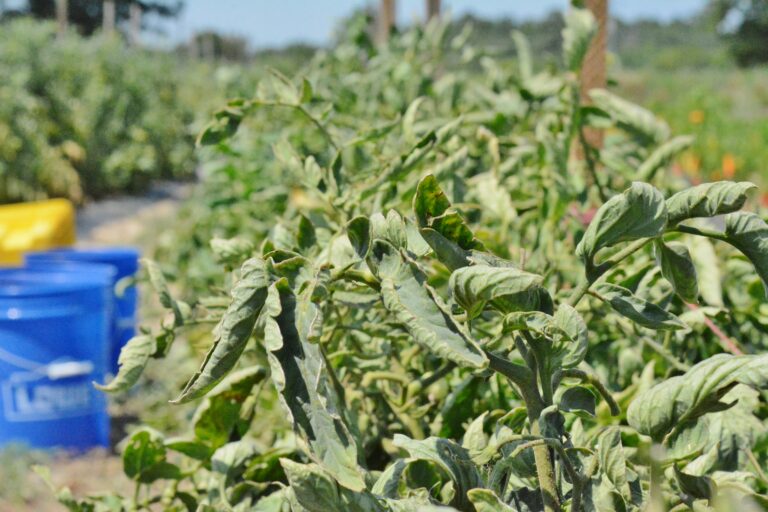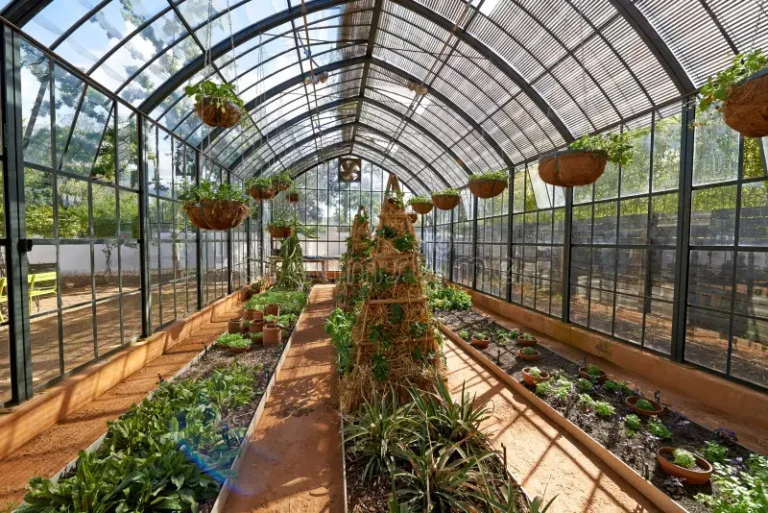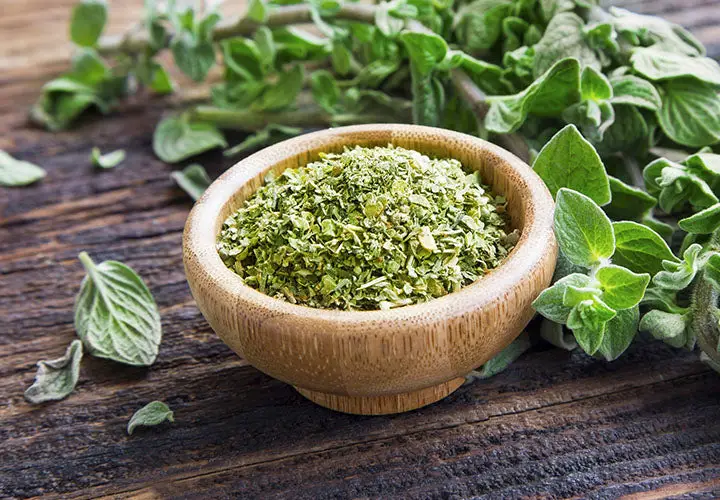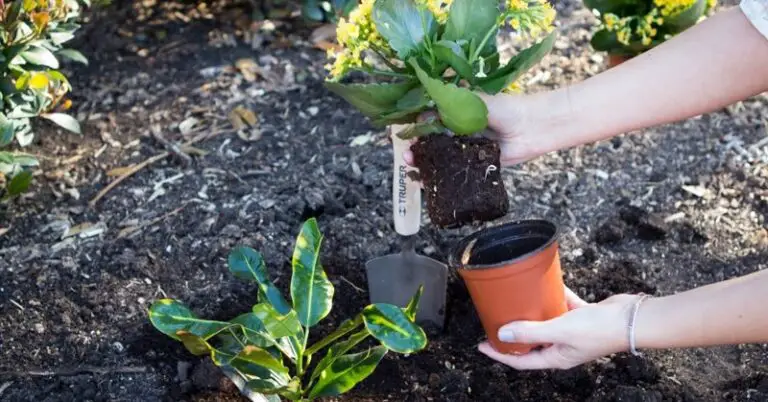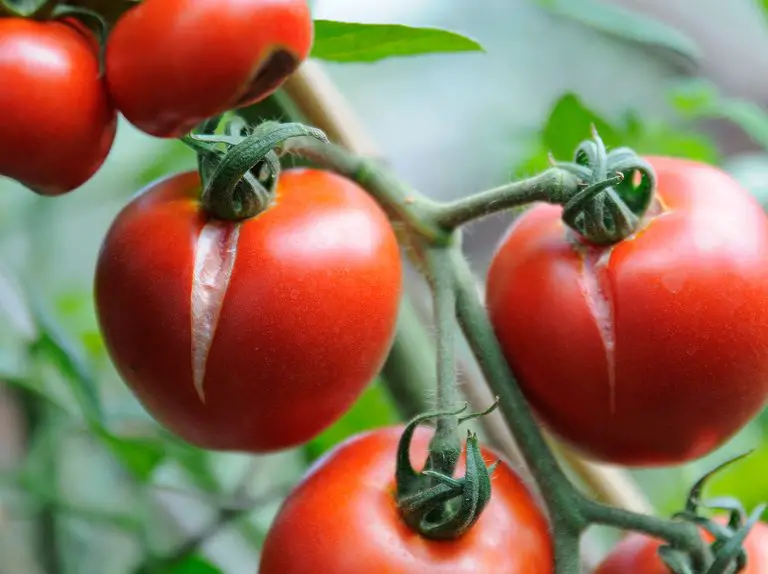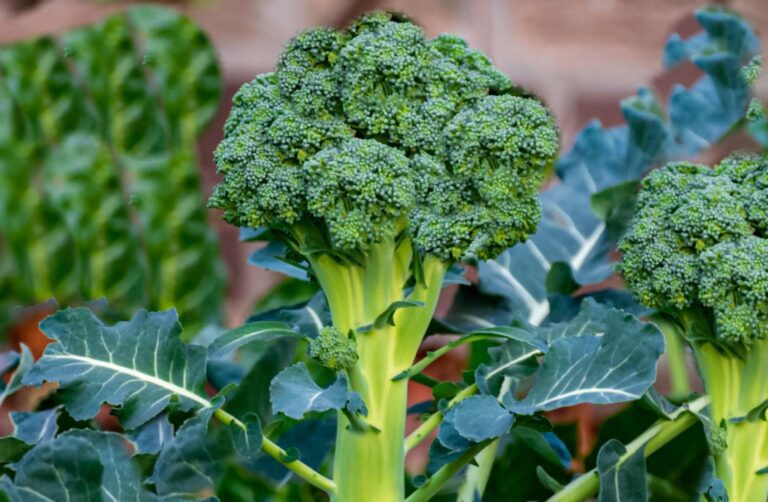How to Grow Delphinium: A Guide to Growing These Stunning and Tall Flowers
Table of Contents
Characteristics of Delphinium Plants
Delphinium plants are well-known for their tall, elegant spikes of vibrant flowers, making them a popular choice for gardeners seeking a stunning focal point. With their impressive height ranging from 2 to 8 feet, delphiniums add a vertical element to any garden landscape. These plants boast a variety of flower colors, including shades of blue, purple, pink, and white, providing a delightful array of options for garden enthusiasts to choose from.
One remarkable characteristic of delphiniums is their ability to attract pollinators, such as bees and butterflies, with their nectar-rich blooms. This makes them not only a visually appealing addition to any garden but also an important contributor to the ecosystem. Furthermore, delphiniums exhibit a long blooming season, extending from early summer to the first frost in some regions. This extended period of flowering allows for a continuous display of beauty throughout the warm months, creating a captivating spectacle in any outdoor space.
As we delve deeper into the world of delphiniums, we will explore the ideal growing conditions, the selection of suitable varieties, and the crucial steps involved in planting and caring for these magnificent plants. Understanding the demands and requirements of delphiniums is essential for cultivating healthy and vigorous specimens that will thrive and enchant year after year. So, let us embark on this journey together, unraveling the secrets of the fascinating delphinium plant.
• Delphinium plants are known for their tall, elegant spikes of vibrant flowers
• They add a vertical element to any garden landscape with heights ranging from 2 to 8 feet
• Delphiniums come in a variety of flower colors including blue, purple, pink, and white
• These plants attract pollinators such as bees and butterflies with their nectar-rich blooms
• Delphiniums have a long blooming season that extends from early summer to the first frost in some regions
• This extended period of flowering creates a continuous display of beauty throughout the warm months
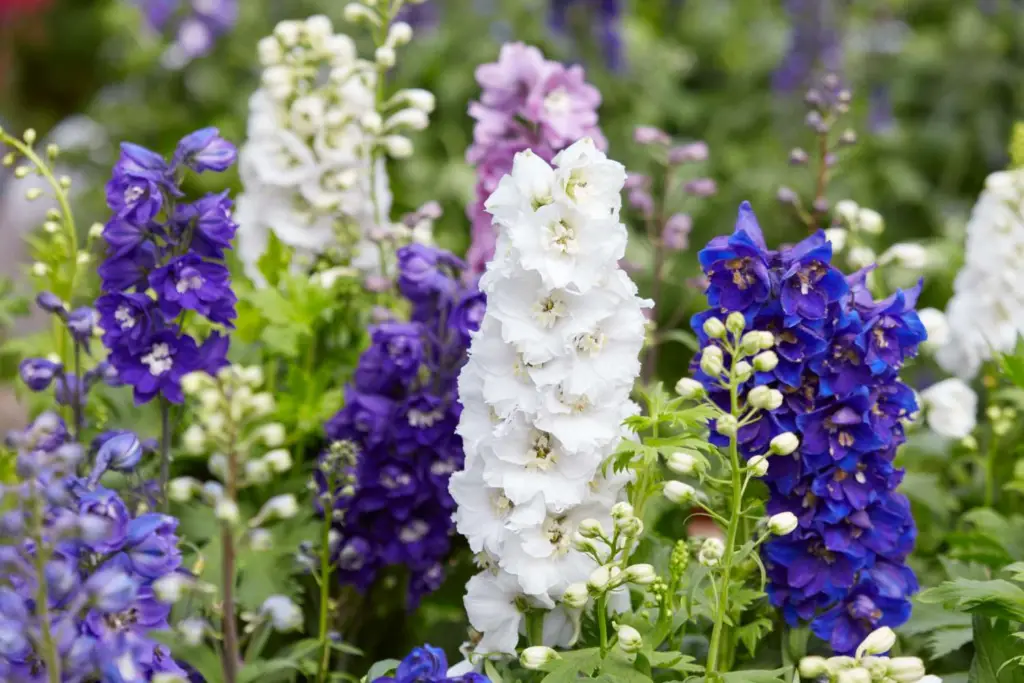
As we delve deeper into the world of delphiniums, it is important to understand the ideal growing conditions and how to select suitable varieties. Additionally, knowing the crucial steps involved in planting and caring for these magnificent plants is essential for cultivating healthy and vigorous specimens that will thrive year after year. Let us embark on this journey together as we unravel the secrets of the fascinating delphinium plant.
Ideal Growing Conditions for Delphiniums
Delphiniums are exquisite plants that bring a delightful burst of color to any garden. To ensure their optimal growth and vibrancy, it is crucial to provide them with the ideal growing conditions. These conditions include the right amount of sunlight, soil type, and moisture levels.
Delphiniums thrive in areas with full sun exposure. They require at least six to eight hours of direct sunlight each day to develop strong, healthy stems and abundant blooms. It is important to select a location in your garden that receives ample sunlight throughout the day, away from shade-casting trees or structures.
When it comes to soil, delphiniums prefer rich, well-draining soil. They do best in soil with a pH range of 6.0 to 7.0. Before planting, it is essential to prepare the soil by adding organic matter such as compost or well-rotted manure. This will improve the soil structure, enhance nutrient availability, and promote healthy root development, leading to vigorous plant growth.
Furthermore, delphiniums require regular watering to keep the soil consistently moist. However, it is crucial to avoid overwatering, as excessive moisture can lead to root rot and other diseases. It is recommended to water delphiniums deeply once a week, ensuring the soil is evenly moist without becoming waterlogged. Mulching around the plants can help retain moisture and suppress weed growth.
By providing delphiniums with these ideal growing conditions of sunlight, well-drained soil, and appropriate moisture levels, you can create an environment that promotes their health and allows them to flourish.
Choosing the Right Location for Delphiniums
A successful delphinium garden starts with choosing the right location for these beautiful plants. Delphiniums thrive in full sun, so it is crucial to select a spot that receives at least 6-8 hours of direct sunlight every day. This will ensure that the plants receive the necessary light energy for optimal growth and vibrant blooms. Placing them in a shaded area will result in weak, leggy stems and sparse flowers.
In addition to sunlight, delphiniums require a well-draining soil to prevent waterlogged roots and potential rot. They prefer slightly acidic to neutral soil with a pH range of 6.0-7.0. Before planting, it is essential to assess the drainage capabilities of the chosen location. If the soil retains water, it may be beneficial to add organic matter, such as compost or well-rotted manure, to improve its structure and drainage.
Choosing the right location for delphiniums is crucial for their overall health and performance. By selecting a sun-drenched spot and ensuring proper soil drainage, you can create an environment that encourages these magnificent plants to flourish. Once you have identified the perfect location, it’s time to prepare the soil to provide the ideal growing conditions for your delphiniums.
Preparing the Soil for Delphiniums
The first step in preparing the soil for delphiniums is to ensure that it is well-drained. Delphiniums prefer soil that is moist but not waterlogged, as excessive moisture can lead to root rot and other diseases. To improve drainage, you can add organic matter such as compost or well-rotted manure to the soil. This will not only help to break up heavy clay soils but also provide essential nutrients for plant growth.
It is also important to test the pH level of the soil before planting delphiniums. These plants prefer slightly alkaline soil with a pH range of 6.5 to 7.5. If your soil is too acidic, you can raise the pH by adding lime. On the other hand, if your soil is too alkaline, you can lower the pH by adding elemental sulfur. Testing the soil will help you determine the right amendments to achieve the ideal pH level for delphiniums.
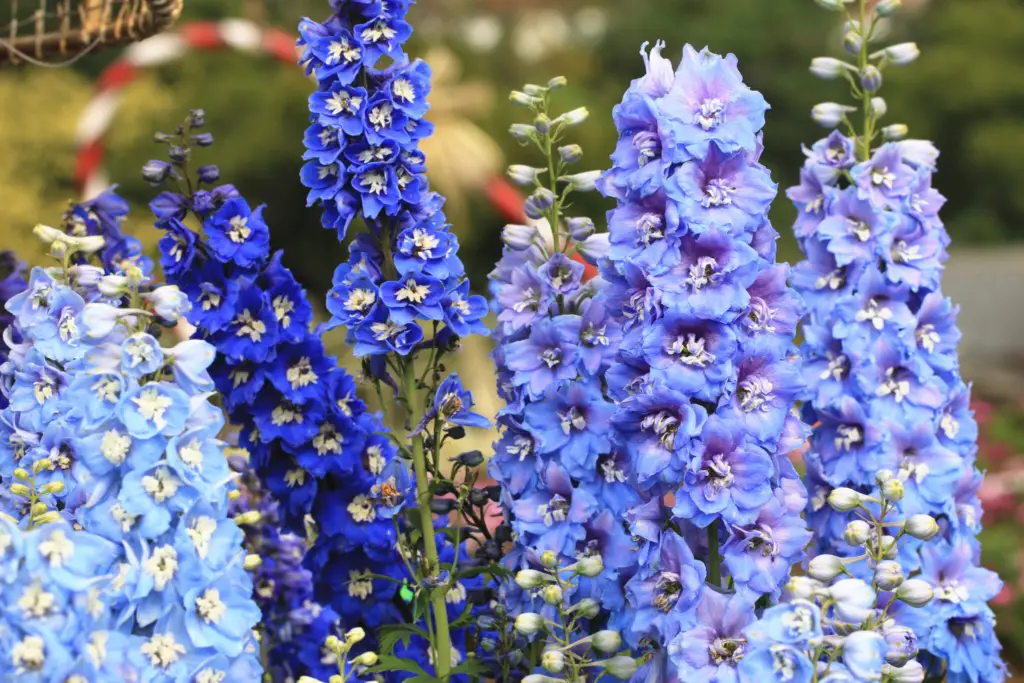
In addition to improving drainage and adjusting the pH, it is recommended to remove any weeds, rocks, or other debris from the planting area. This will create a clean and clear space for the delphiniums to grow without competition from unwanted plants. Furthermore, loosening the soil with a garden fork or tiller will help to break up compacted soil and create a friable texture that allows roots to penetrate easily.
By taking these steps to prepare the soil, you will create an ideal environment for delphiniums to thrive. The well-drained soil, adjusted pH level, and cleared planting area will provide a solid foundation for healthy growth and vibrant blooms.
Selecting Delphinium Varieties
When selecting delphinium varieties for your garden, it is important to consider a few key factors. Firstly, you should assess the available space in your garden and choose varieties that will fit well within it. Delphiniums come in a range of heights, from dwarf varieties that reach only a few feet tall to towering varieties that can soar up to six feet or more. By selecting the right height for your space, you can ensure that your delphiniums will be able to thrive without overcrowding other plants.
Another factor to consider when choosing delphinium varieties is the color of their blooms. Delphiniums are known for their vibrant and striking flowers, which can come in shades of blue, purple, pink, white, and even yellow. Take into account the overall color scheme of your garden and select delphinium varieties that will complement the existing plants and surroundings. Whether you prefer a monochromatic display or a lively mix of colors, there are delphinium varieties available to suit your preferences.
In addition to height and color, you should also consider the hardiness and disease resistance of different delphinium varieties. Some varieties are more tolerant of harsh weather conditions, while others may be more susceptible to pests and diseases. By researching and selecting varieties that are well-suited to your specific climate and growing conditions, you can increase the chances of success in cultivating healthy and thriving delphinium plants.

Planting Delphinium Seeds or Transplants
Planting delphinium seeds or transplants is an essential step in establishing a vibrant and healthy delphinium garden. Whether you choose to sow seeds or transplant young delphiniums, proper preparation and care are crucial for success.
When planting delphinium seeds, it is important to start indoors, as these seeds require a period of cold stratification to break their dormancy. Begin by filling seed trays or pots with a well-draining, sterile seed-starting mix. Gently press the seeds into the soil and cover them lightly with the same mix. Keep the soil consistently moist, but avoid overwatering, as this can lead to rot. With patience and consistent care, the seeds will germinate in approximately two to four weeks.
If you opt for transplants, select healthy and robust specimens from a reputable nursery or propagate them yourself. Delphiniums are best transplanted in early spring or fall when the weather is cooler, as they prefer cool-weather conditions. Dig a hole slightly larger than the root ball of the transplant, ensuring that it is deep enough to accommodate the entire root system. Place the transplant in the hole at the same depth it was previously growing and backfill with soil. Gently press the soil around the base of the plant and water thoroughly to settle the roots.
| Aspect | Delphinium Seeds | Delphinium Transplants |
|---|---|---|
| Planting Time | Late winter to early spring | Spring or fall |
| Indoor Start (if applicable) | 8-10 weeks before last frost | Not applicable |
| Soil | Well-draining, fertile soil | Well-draining, fertile soil |
| Seed Depth | Surface or lightly covered | Set at the same depth as pot |
| Spacing | 12-24 inches apart | 12-24 inches apart |
| Watering | Keep soil consistently moist | Water thoroughly after planting |
| Sun Exposure | Full sun to partial shade | Full sun |
| Support | Staking may be needed as they grow | Staking may be needed |
| Mulching | Mulch to retain moisture and regulate temperature | Mulch to retain moisture |
| Fertilizing | Balanced fertilizer during growing season | Balanced fertilizer during growing season |
| Special Care | Protect seedlings from strong sunlight | Water transplants regularly |
| Blooming Time | Late spring to early summer | Late spring to early summer |
In both cases, it is important to consider the spacing requirements for delphiniums. Provide adequate space between plants to encourage good air circulation, which helps prevent fungal diseases. Additionally, delphiniums benefit from staking or utilizing support structures like cages or trellises to prevent stem breakage and ensure a more upright growth habit.
Properly planted delphinium seeds or transplants will lay the foundation for a glorious delphinium garden, filled with an array of vibrant blooms. However, the journey does not end here. In the upcoming sections, we will explore other important aspects of growing delphiniums, such as watering, fertilizing, pruning, and protecting these enchanting plants from pests and diseases. So, let us delve further into the world of delphinium cultivation and unleash its full potential.
Watering Delphiniums Properly
When it comes to watering delphiniums, it is essential to strike the right balance. These perennial plants thrive in moist soil, but overwatering can lead to root rot and other diseases. On the other hand, insufficient watering can cause their delicate blooms to wither prematurely. So, how can you ensure that you are watering delphiniums properly?
One effective approach is to water deeply and infrequently. Delphiniums prefer a thorough soaking rather than frequent shallow watering. This encourages their roots to grow deep into the soil, resulting in healthier and more resilient plants. Aim to provide about an inch of water every week, adjusting the frequency based on weather conditions. During hot and dry spells, it may be necessary to increase the watering frequency to prevent stress and dehydration.
Providing Adequate Sunlight for Delphiniums
Delphiniums, with their vibrant and striking blooms, are a popular choice amongst garden enthusiasts. To ensure that these stunning flowers thrive, it is crucial to provide them with adequate sunlight. Delphinium plants are known for their preference for full sun exposure, which ideally amounts to at least six hours of direct sunlight per day.
Sunlight plays a vital role in the growth and development of delphiniums. It aids in the process of photosynthesis, where plants convert sunlight into energy. Ample sunlight ensures that delphiniums receive the necessary energy to produce robust stems, vibrant foliage, and breathtaking blooms. Insufficient sunlight can lead to weak, spindly growth, reduced flowering, and an overall decline in the plant’s health.
When selecting a location for your delphiniums, it is essential to prioritize spots that receive abundant sunlight throughout the day. Whether you choose to grow your delphiniums in a flowerbed or container, make sure the chosen area is free from obstructions such as tall trees or buildings that may cast shadows and restrict sunlight. By choosing a sun-drenched area for your delphiniums, you can provide them with the energy they need to flourish and showcase their beauty.
Fertilizing Delphiniums for Optimal Growth
Delphiniums are stunning flowering plants that can add a touch of elegance to any garden. To ensure optimal growth and vibrant blooms, proper fertilization is crucial. By providing the right nutrients at the right time, you can help your delphiniums thrive and reach their full potential.
When it comes to fertilizing delphiniums, organic options are often the preferred choice. Organic fertilizers, such as well-rotted compost or aged manure, provide a slow release of nutrients that can promote healthy growth without the risk of burning the plants. These natural fertilizers also improve soil health and enhance its ability to retain moisture, making them a great choice for overall plant wellness. Additionally, organic fertilizers supply a wide range of essential nutrients, including nitrogen, phosphorus, potassium, and micronutrients, which are necessary for robust growth and abundant blooms.
| Fertilization Schedule | Fertilizer Type | Application Rate | Timing |
|---|---|---|---|
| Early Spring | Balanced fertilizer (10-10-10) | 1/2 cup per plant | Just as new growth emerges |
| Late Spring | High-phosphorus fertilizer | 1/4 cup per plant | When flower buds form |
| Mid-Summer | Liquid fertilizer with micronutrients | Dilute as per package instructions | After first bloom to encourage reblooming |
| Fall | Low-nitrogen fertilizer | 1/4 cup per plant | After flowering is complete |
Timing is crucial when it comes to fertilizing delphiniums. Applying fertilizer too early can stimulate excessive leaf growth and inhibit flower production. On the other hand, applying fertilizer too late in the season may result in weak plants that are unable to store enough energy for winter survival. The best time to fertilize delphiniums is in early spring, just as new growth emerges. This allows the plants to benefit from the nutrients as they start their active growing period. A second application of fertilizer can be made in early summer, after the first bloom cycle, to support continuous growth and flower production throughout the season.
Supporting Delphinium Stems to Prevent Breakage
Delphinium plants are known for their tall, elegant stems adorned with stunning blooms. However, these delicate stems are also susceptible to breakage, especially when faced with strong winds or heavy rainfall. To ensure the longevity and beauty of your delphiniums, it is essential to provide adequate support to their stems.
One effective method for supporting delphinium stems is by using stakes or plant supports. These can be inserted into the ground near the base of the plant, providing a sturdy framework for the stems to lean on. It is recommended to install the stakes early in the growing season, when the plants are still small, to avoid damaging the roots. As the delphiniums grow, gently tie the stems to the stakes using soft plant ties or garden twine. This will help keep the stems upright and prevent them from snapping or bending under the weight of the flowers.
Another option for supporting delphinium stems is to utilize a circular ring or hoop support. This type of support can be placed around the plant, encircling the stems and creating a protective barrier. The hoop support can be adjusted in height as the plant grows, ensuring proper support for the developing flower spikes. Additionally, using a hoop support allows for a more natural and uniform growth pattern, as the stems are encouraged to grow upright rather than leaning to one side.
By adequately supporting the stems of your delphinium plants, you can prevent breakage and preserve the plant’s aesthetic appeal. Remember to choose supports that are appropriate for the size and height of your delphiniums, ensuring that they have enough room to grow and flourish. Taking these measures will allow you to enjoy the breathtaking beauty of your delphinium blooms for seasons to come.
Pruning Delphiniums for Health and Appearance
Pruning your delphinium plants is vital for their overall health and appearance. By removing dead or damaged stems, you can promote new growth and prevent the spread of diseases. Additionally, pruning helps maintain a more compact and attractive shape for your delphiniums, enhancing their visual appeal in your garden.
When it comes to pruning delphiniums, timing is crucial. It is best to wait until early spring, just as new growth begins to emerge. Before you start, make sure you have a clean pair of sharp pruning shears or scissors. Begin by cutting back any stems that show signs of disease or winter damage, making sure to remove them at the base. If you notice any stems that appear weak or spindly, it is best to remove them as well.
In the next round of pruning, you can focus on thinning out the overall plant. This involves cutting back some of the sturdy stems to create a more balanced and open structure. Aim to remove about one-third of the plant’s height, starting from the base and working your way up. By reducing the number of stems, you allow more airflow and sunlight to reach the center of the plant, decreasing the risk of fungal infections and promoting healthier growth.
Remember, when pruning delphiniums, it is important to clean your tools with a disinfectant or rubbing alcohol between cuts. This helps prevent the spread of diseases from one plant to another. Overall, with proper pruning techniques, you can encourage the well-being and aesthetic appeal of your delphiniums, ensuring they thrive and grace your garden with their beautiful blooms.
Protecting Delphiniums from Pests and Diseases
When it comes to protecting delphiniums from pests and diseases, prevention is key. These beautiful plants are vulnerable to a variety of common pests, including aphids, slugs, and snails. To keep these nuisances at bay, it is important to regularly inspect your plants for any signs of infestation. If you notice aphids or other insects on your delphiniums, you can try spraying them with a mixture of mild soap and water. This natural solution can help to deter pests without harming the plants or the environment. Another effective method for controlling pests is introducing beneficial insects, such as ladybugs or lacewings, which feed on aphids and other harmful insects.
In addition to pests, delphiniums are also susceptible to various diseases, including powdery mildew and crown rot. To prevent powdery mildew, it is important to provide good air circulation around your delphinium plants. Avoid overcrowding and make sure to keep the foliage dry by watering the plants at the base rather than overhead. Crown rot, on the other hand, can be prevented by ensuring proper drainage in the soil and avoiding overwatering. If you do notice any signs of disease, such as discolored or wilting leaves, it is important to act quickly. Remove any affected plant parts and dispose of them properly to prevent the spread of disease.
Harvesting and Enjoying Delphinium Blooms
Once your delphinium plants have reached their peak and are adorned with beautiful and vibrant blooms, it’s time to start thinking about harvesting and enjoying these stunning flowers. Harvesting delphinium blooms not only allows you to appreciate their beauty indoors but also encourages the plant to produce more flowers throughout the growing season.
When it comes to harvesting delphinium blooms, timing is crucial. It is best to cut the flowers early in the morning when the blooms are fully open but before the sun’s heat causes them to wilt. Look for flowers that are at their prime, showing vibrant colors and petals that are fully opened. Gently snip the stem just above a pair of leaves, making sure to use sharp and clean pruners to prevent any damage or disease transmission.
Once you have harvested your delphinium blooms, it is time to bring them indoors and create stunning floral arrangements. Remove any foliage that will be submerged in water and give the stems a fresh cut at an angle to enhance water uptake. Fill a clean vase with fresh water and add a floral preservative to prolong the longevity of the flowers. Arrange the delphinium blooms in the vase, ensuring that they have enough space and support to showcase their beauty. Place the vase in a cool and well-lit area away from direct sunlight and drafts. Remember to change the water every few days and remove any wilting flowers to keep the arrangement looking fresh and vibrant.
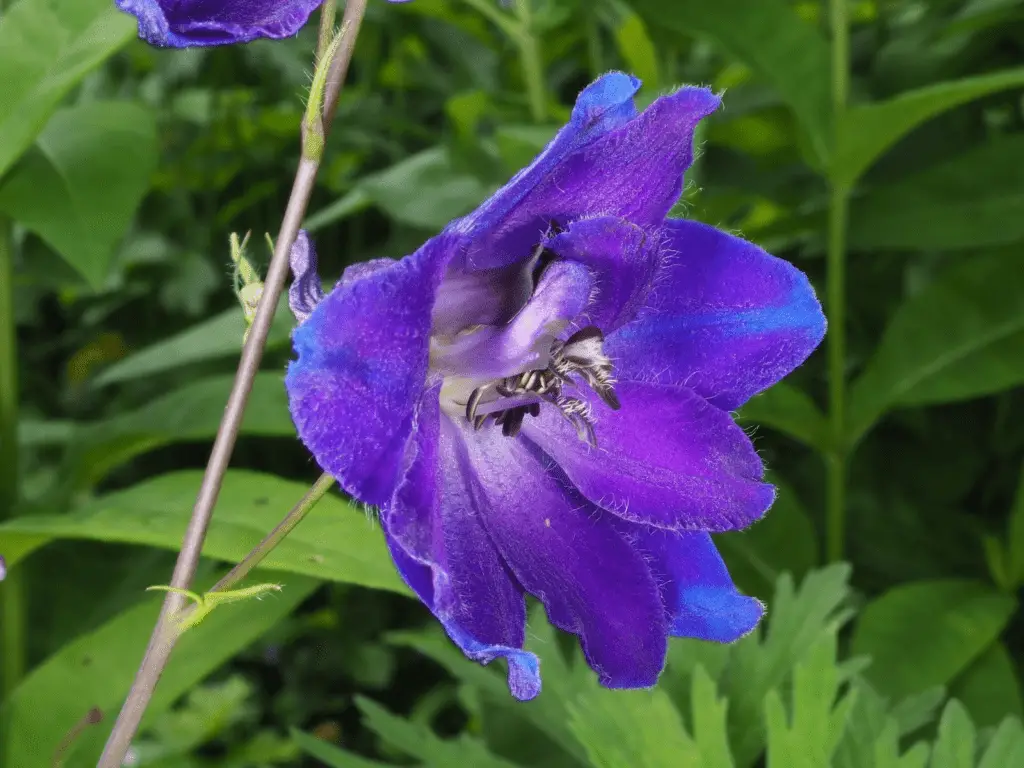
How long do delphinium plants typically bloom?
Delphinium plants typically bloom for about 4-6 weeks during the summer season.
Can delphiniums tolerate extreme temperatures?
Delphiniums prefer cool temperatures and are not very tolerant of extreme heat. They may suffer from heat stress or wilt under scorching temperatures.
Are delphiniums deer-resistant?
Unfortunately, delphiniums are not deer-resistant plants. Deer are known to be attracted to their foliage and blooms, so protective measures may be necessary to keep them away.
Can delphiniums be grown in containers?
While it is possible to grow delphiniums in containers, they generally prefer to be planted directly in the ground where they have more space to spread their roots. However, if you choose to grow them in containers, make sure the containers are large enough to accommodate their growth and provide adequate drainage.
Do delphiniums require winter protection?
Delphiniums are typically hardy perennials and can withstand cold winter temperatures. However, in regions with extremely harsh winters, adding a layer of mulch around the base of the plant can provide some extra protection.
Can delphiniums be divided?
Yes, delphiniums can be divided every 3-4 years to rejuvenate the plant and promote healthier growth. This is best done in early spring or fall when the plant is dormant.
Are all parts of the delphinium plant toxic?
Yes, all parts of the delphinium plant, including the leaves, stems, and flowers, contain toxic alkaloids. It is important to handle them with care and keep them out of the reach of children and pets.
Can delphiniums be grown from cuttings?
While delphiniums can be grown from cuttings, it is generally more successful to propagate them from seeds or by dividing mature plants.
How often should delphiniums be fertilized?
Delphiniums benefit from regular fertilization. It is recommended to fertilize them every 4-6 weeks during the growing season using a balanced fertilizer.
Can delphiniums be grown in acidic soil?
Delphiniums prefer slightly acidic to neutral soil with a pH range of 6.0-7.0. If your soil is too acidic, you can amend it by adding lime to raise the pH level.

Pallavi Gupta is a burgeoning writer at SouthElMonteHydroponics, blending her passion for data analysis with a keen interest in biotechnology. Currently pursuing a Bachelor’s in Biotechnology at Amity University, Pallavi delves into the intricacies of life sciences while gaining hands-on experience in the exciting world of data analysis. Her unique background provides a fresh perspective on hydroponic farming, as she explores the intersection of biotechnology and sustainable agriculture. Through her writing, Pallavi aims to bridge the gap between data-driven insights and innovative farming practices, inspiring others to harness technology for a greener future.


